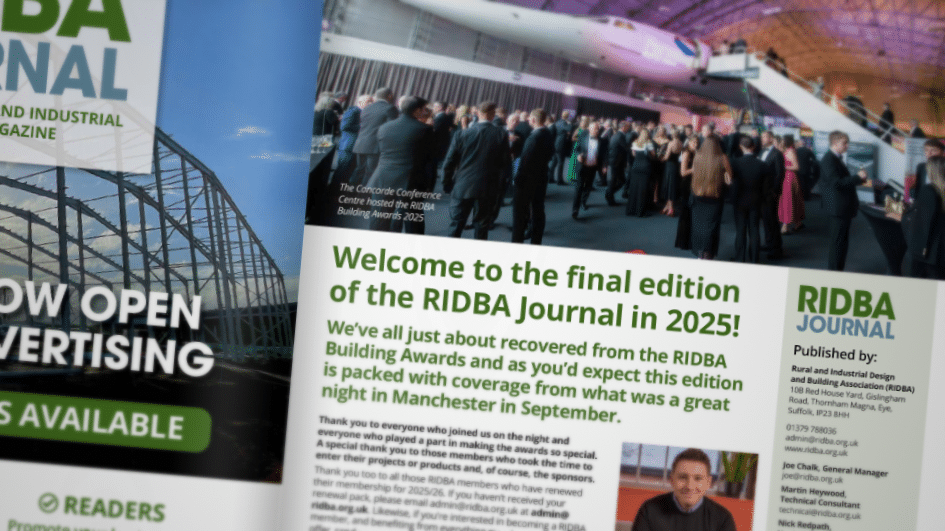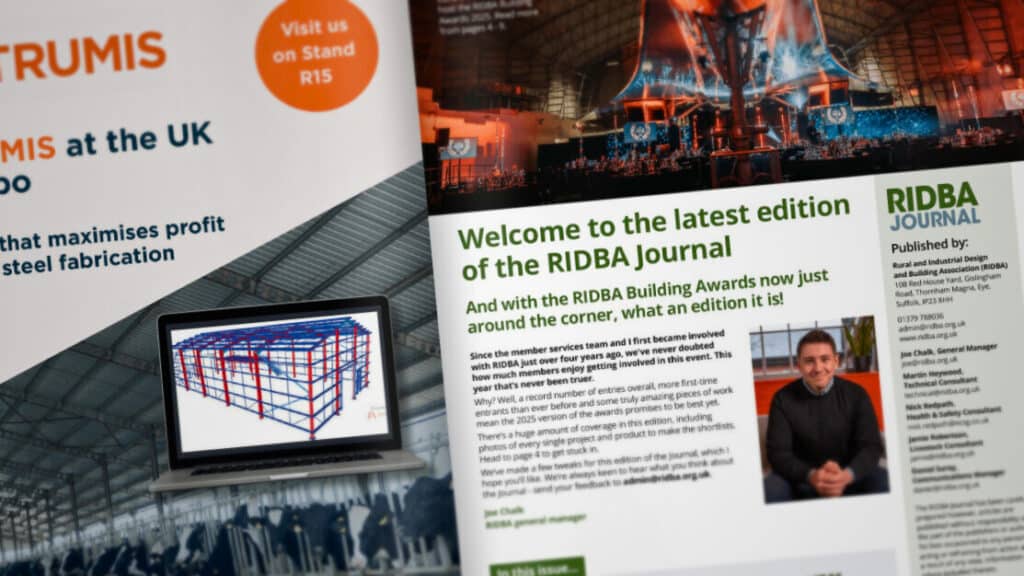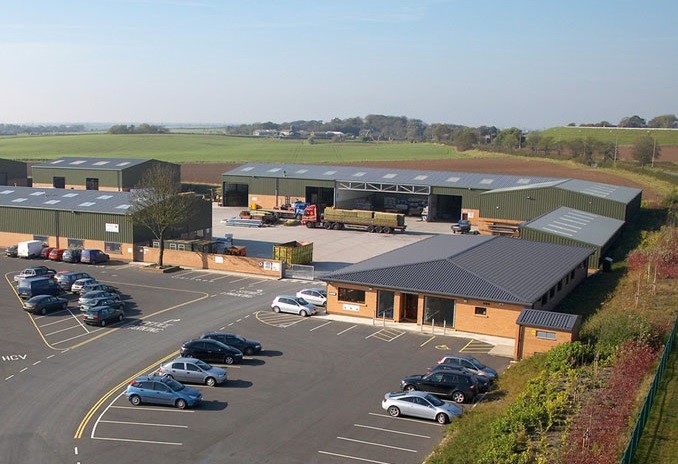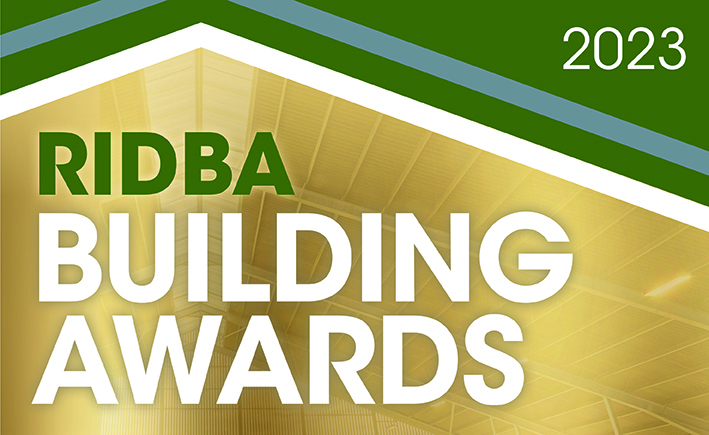Comedian and author Mark Watson is to host the RIDBA Building Awards 2023.
Best known for being one of the UK’s leading live comedians, he is also a writer, producer and director.
A TV and radio regular, Mark has appeared on almost every panel show going from Have I Got News and Mock the Week to 8 Out of 10 Cats and Would I Lie To You.
He’s also appeared on This Week, Live at the Apollo, Taskmaster, and celebrity editions of Mastermind, Pointless and Bear Grylls’ Celebrity Island.
Mark Watson will host the RIDBA Building Awards at the Graduate Hotel, in Cambridge, on Friday September 22.
Due to high demand for tickets, only sponsors and those who have a shortlisted entry are able to book to attend the awards evening. Click here to book.
Click here to see the shortlisted entries for the awards.
Thank you to all of those members who took the time to enter and thank you to those members who are sponsoring the event.
AJN Steelstock will headline sponsor the awards.
The premium sponsors are Joseph Ash Galvanizing, Barrett Steel and STRUMIS. The event sponsors are Steadmans and Kingspan.
You can see the winners of the RIDBA Building Awards 2021 here.















